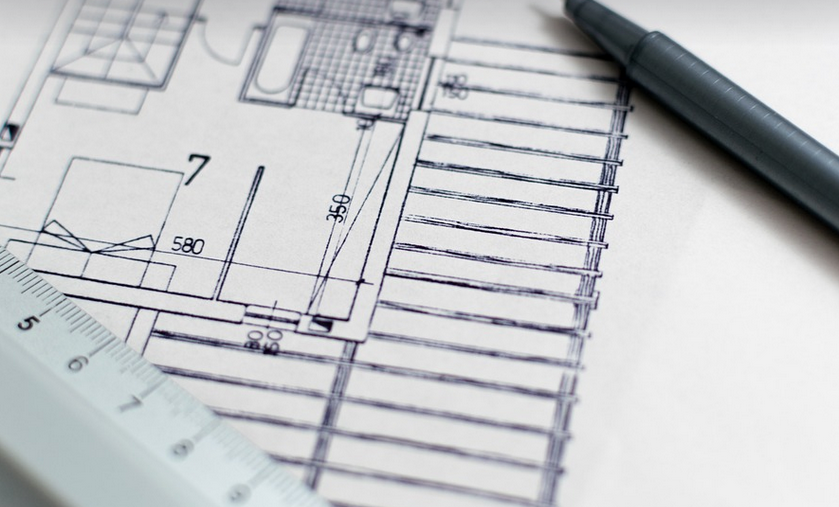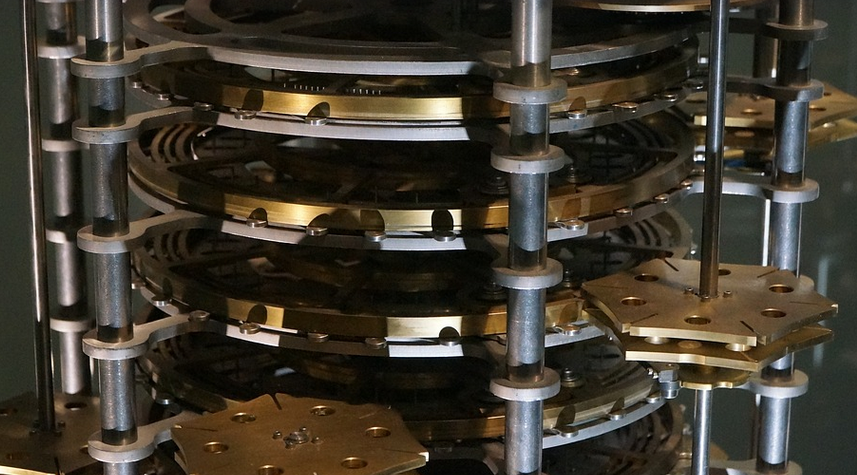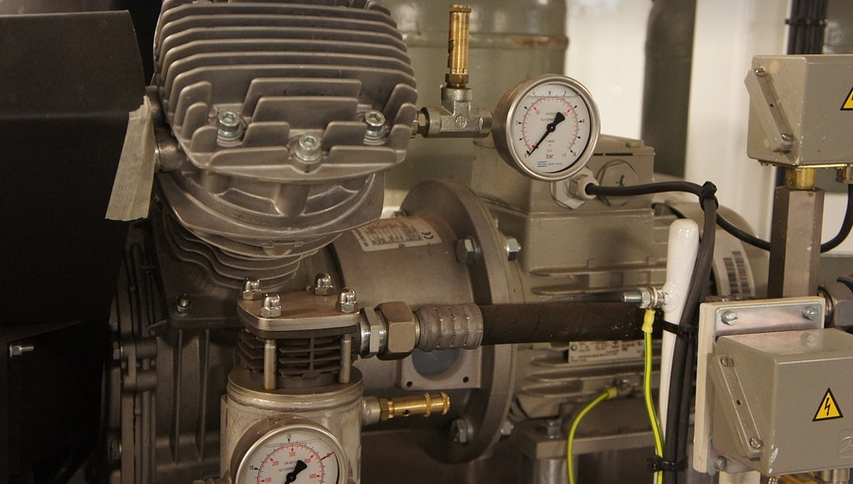Understanding the Importance of Soft Starts in Modern Systems
Modern systems, from industrial machinery to consumer appliances, rely on complex control mechanisms to ensure smooth and efficient operation. One aspect that often gets overlooked is the “soft start” function, which plays a crucial role in preventing stress and damage to sensitive components. This article delves deeper into the world of soft starts, exploring their mechanics, benefits, and how they’re being hyper-engineered to improve performance and efficiency.
A soft start is essentially an extended period of gradual acceleration rather than a sudden jolt. Imagine a car accelerating from rest – instead of experiencing a harsh increase in speed, the engine gradually gains momentum over a controlled period. This gentle approach minimizes wear and tear on the motor, bearings, and associated components.
Why is this so important? Well, consider the consequences of abrupt acceleration on an industrial motor or even a household appliance like a refrigerator. A sudden shock can lead to:
The Risks of Sudden Acceleration
1. **Mechanical Stress:** Suddenly pushing a heavy load increases stress on gears, bearings, and other moving parts, potentially leading to premature wear and tear.
2. **Electrical Overloads:** Rapid shifts in voltage or current can disrupt electrical systems, causing potential damage and even short circuits.
3. **Vibrations and Noise:** Harsh acceleration frequently results in excessive vibrations and noise, which can degrade the overall user experience.
4. **Thermal Stress on Components:** Sudden increases in load temperature can cause thermal stress to motor windings and other sensitive components, potentially damaging them over time.
5. **System Stability Issues:** Rapid changes in speed can affect the stability of the system as a whole, leading to potential malfunctions or safety hazards.
The Power of a Soft Start
But what about the benefits of employing a soft start?
Here’s where the magic happens. A properly designed and implemented soft start provides several advantages:
- **Reduced Wear and Tear:** The gradual acceleration reduces mechanical stress on motor components, leading to less wear and tear over time.
1. **Improved Energy Efficiency:** A smooth startup reduces the amount of energy wasted during the initial acceleration phase, saving electricity and lowering costs.
2. **Longer Equipment Lifespan:** By mitigating stress and wear, soft starts extend the operational lifespan of equipment and reduce the need for costly maintenance.
3. **Enhanced Performance & Controllability:** Soft starts allow for more precise control over speed and acceleration, leading to smoother operation and increased performance.
Hyper-Engineering: Taking Soft Starts to the Next Level
In recent years, there has been a growing trend towards hyper-engineering soft start mechanisms. This involves pushing boundaries in innovation and integration to optimize these systems
1. **Advanced Control Algorithms:** Sophisticated algorithms now analyze real-time data from the system, allowing for even more precise control over acceleration and deceleration.
2. **Predictive Maintenance:** By analyzing motor behavior and identifying early signs of wear and tear, predictive maintenance can be conducted to prevent potential breakdowns before they occur.
3. **Adaptive Soft Starts:** Incorporating sensors and machine learning algorithms allow the soft start system to adapt to varying load conditions, optimizing performance in dynamic environments.
4. **Integration with IoT (Internet of Things):** Integrating soft starts into smart systems allows for real-time monitoring and control from remote locations. This ensures optimal operation and reduces manual intervention.
5. **Advanced Automation:** Automation of tasks by integrating soft start systems with other automation technologies simplifies operations and increases efficiency.
The Future of Soft Starts
As technology continues to evolve, the future of soft starts is exceptionally promising. We can anticipate even more sophisticated and efficient solutions that will push the boundaries further:
1. **Miniaturization:** Developing smaller, lighter, and cost-effective soft start systems for embedded applications.
2. **AI and Machine Learning:** Utilizing AI and machine learning to create more intelligent, adaptive, and automated soft start systems.
3. **Advanced Simulation & Modeling:** Simulating real-world scenarios using advanced modeling techniques to evaluate performance and optimize designs.



